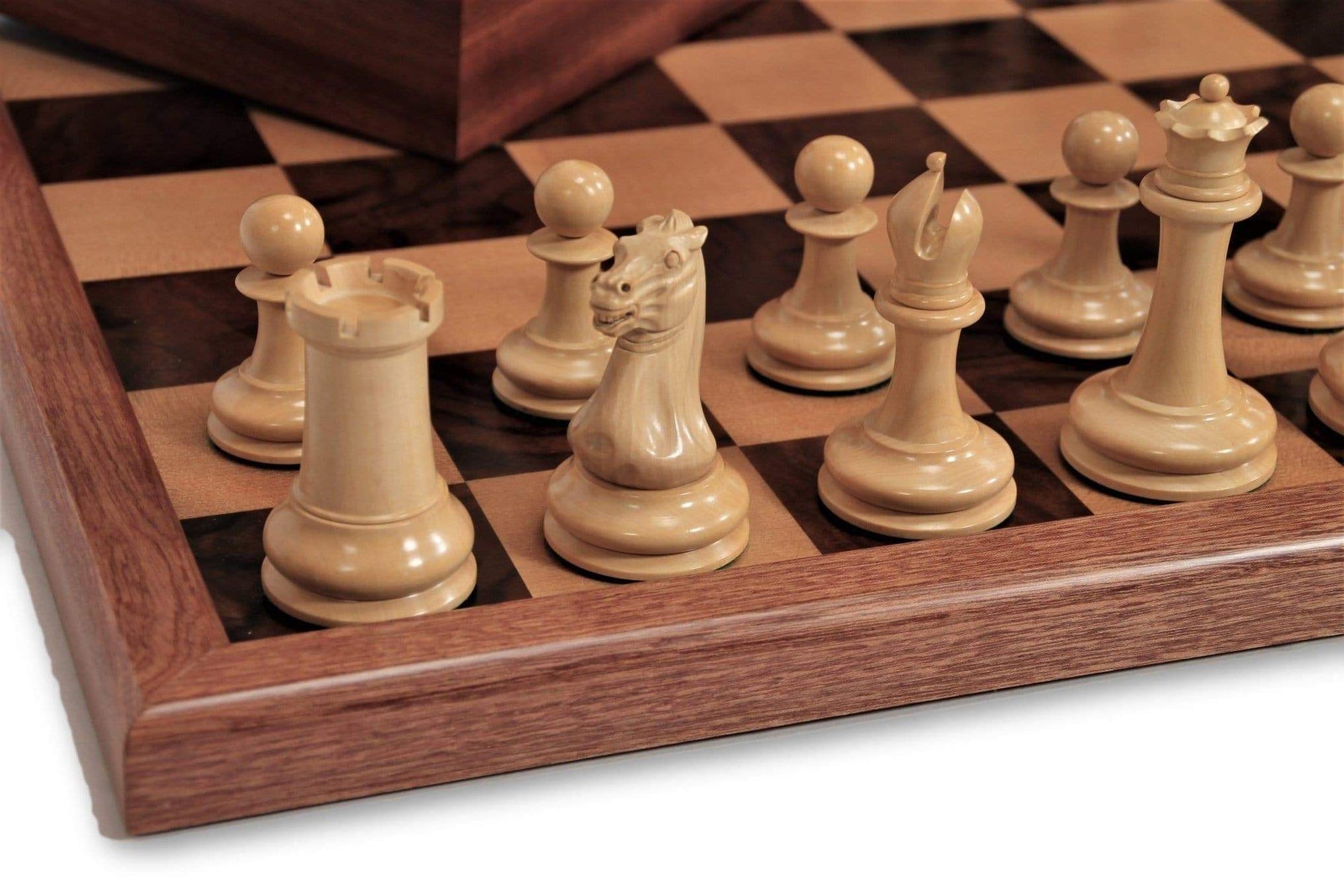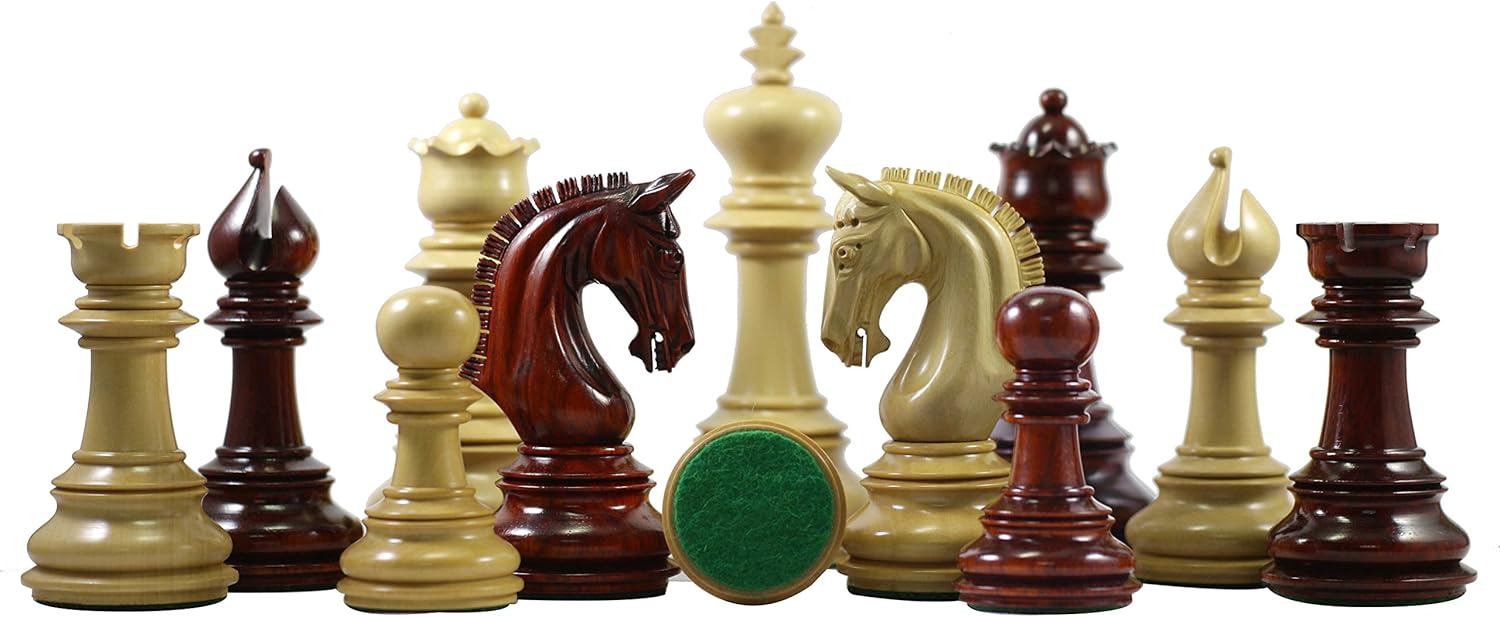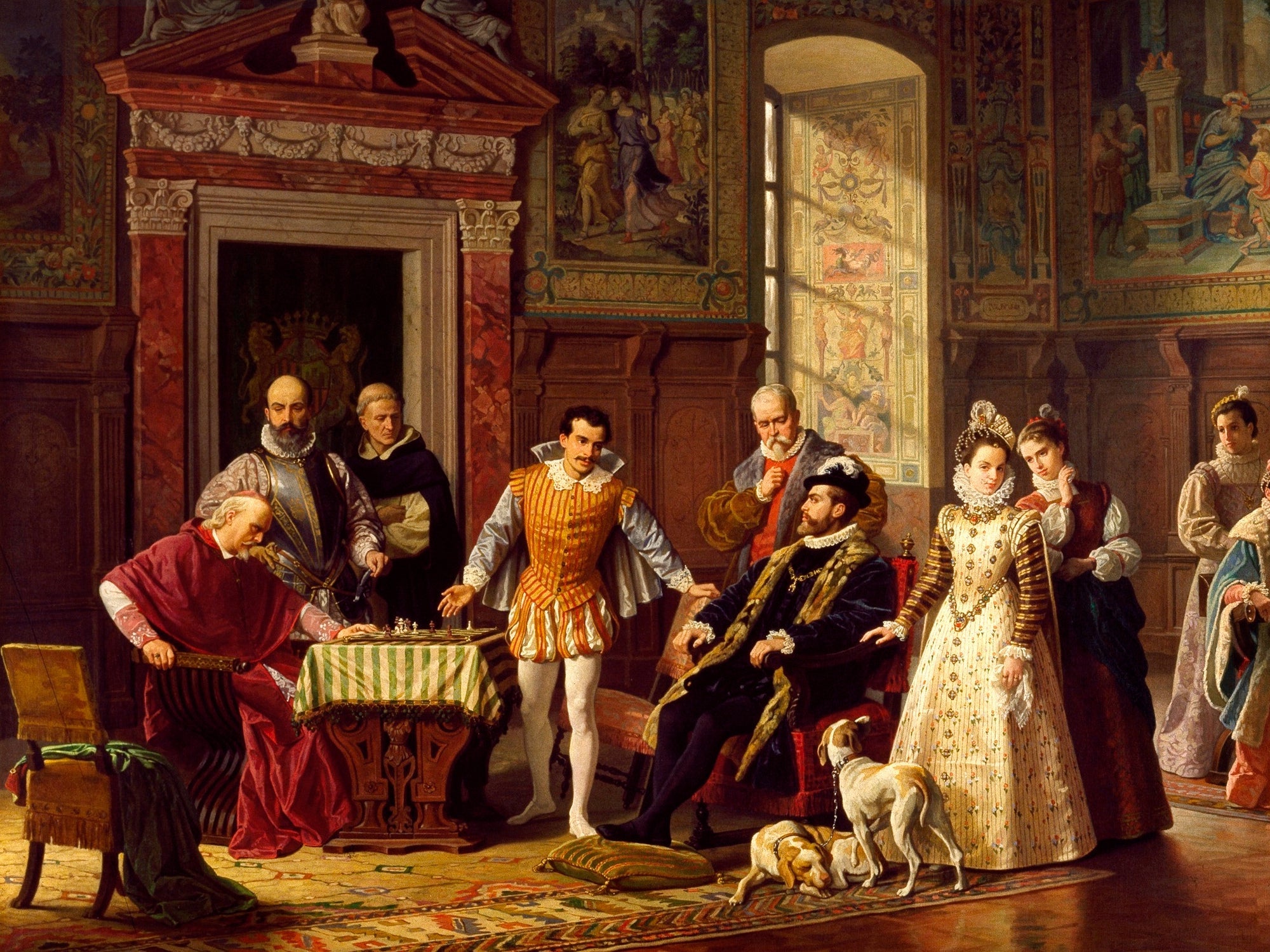The Evolution and Craftsmanship of Chess Boards: A British Chess Company Perspective
Chess is a game of strategy, intellect, and tradition. While much focus is placed on the pieces and legendary games, the chess board itself is an equally crucial part of the experience. A well-crafted chess board enhances the beauty of the game and provides the perfect stage for each battle of minds. At The British Chess Company, we are dedicated to providing high-quality chess boards that reflect history, artistry, and superior craftsmanship.
This article delves into the history of chess boards, how they are made, the materials used, the different variations available, and what makes a tournament board stand out. Whether you are an enthusiast, a serious player, or a collector, understanding these aspects will help you appreciate the art of fine chess boards.
The Historical Journey of the Chess Board
Chess is believed to have originated from the Indian game Chaturanga, dating back to the 6th century. The earliest chess boards were simple grids drawn on the ground or fabric, with no standardization in terms of size or materials. As the game spread to Persia and later to the Islamic world, chess boards became more refined, often crafted from wood and featuring intricate designs.
The modern 8x8 checkerboard pattern emerged in medieval Europe. Initially, these boards were monochromatic, but around the 12th century, alternating light and dark squares became the standard, making it easier for players to distinguish the pieces. The Staunton standard, introduced in 1849, cemented the familiar design we recognize today.
As chess grew in popularity, especially in the 19th and 20th centuries, international chess organizations like FIDE (Fédération Internationale des Échecs) established specific regulations for tournament-sized boards, ensuring uniformity across competitions worldwide.
How Chess Boards Are Made
The process of making a high-quality chess board requires precision, craftsmanship, and the use of superior materials. While mass-produced boards exist, handcrafted chess boards represent the pinnacle of quality and aesthetics.
1. Wooden Chess Boards: The Gold Standard
Wooden chess boards remain the most revered choice, known for their durability and elegance. There are three primary types:
- Inlaid Wooden Boards – Created by carefully combining different wood types, such as walnut, mahogany, ebony, and maple, to form the alternating squares. These boards require expert craftsmanship to ensure precision and durability.
- Veneer Chess Boards – A more cost-effective option, featuring a thin layer of fine wood over a stable core. These boards provide an elegant look without the price tag of solid wood.
- Solid Wood Chess Boards – Crafted from single blocks of wood, these are considered luxury items. They are heavier, sturdier, and often chosen for high-end chess sets.
Each wooden board undergoes a finishing process where it is polished and treated to protect against moisture and wear, enhancing longevity.
2. Vinyl & Roll-Up Chess Boards: Practical and Affordable
For club play, schools, and casual use, vinyl and roll-up chess boards are a practical option. These lightweight, flexible boards are easy to store and transport, making them ideal for on-the-go players. Their affordability and durability make them a popular choice in chess tournaments and educational settings.
3. Marble, Stone, and Glass Chess Boards: Luxury and Aesthetics
Some chess boards transcend functionality and become works of art:
- Marble & Stone Chess Boards – Crafted from alabaster, onyx, and granite, these chess boards are elegant and often paired with matching stone chess pieces. However, they are heavier and best suited for display rather than daily play.
- Glass & Acrylic Chess Boards – These modern chess boards feature clear or frosted glass squares, offering a sleek aesthetic. While beautiful, they can be fragile and less suited for frequent competitive play.
4. Folding and Magnetic Chess Boards: Perfect for Travel
For players on the move, folding wooden chess boards with built-in storage for pieces provide a convenient solution. Magnetic boards, often made from wood or plastic, keep the pieces in place, making them great for travel or playing in transit.
Chess Board Sizes & Variations
Chess boards come in a range of sizes depending on the intended use. Selecting the right board ensures optimal gameplay and compatibility with chess pieces.
1. Standard & Tournament-Sized Chess Boards
Official tournament chess boards must adhere to FIDE regulations, which dictate:
- A square size between 2 inches (50mm) and 2.5 inches (64mm).
- A total board size of approximately 20 inches (50cm).
- Clear contrast between light and dark squares for visibility.
These dimensions ensure that pieces are proportionate to the board, allowing smooth movement and clear visualization of the game. Tournament-standard wooden chess boards are the preferred choice for serious players, combining regulation size with superior craftsmanship.
2. Club and Casual Chess Boards
Chess clubs and casual players often use boards ranging from 14 inches to 18 inches. These are more compact, making them suitable for social games and educational purposes.
3. Luxury and Decorative Chess Boards
For collectors and enthusiasts, larger decorative chess boards (often 24 inches or more) are paired with exquisite handcrafted chess pieces. These are not just playing surfaces but statement pieces that enhance a room’s decor.
4. Travel Chess Boards
Portable chess boards typically measure between 8 inches and 12 inches. Many feature magnetic pieces or folding designs, ensuring ease of use while traveling.
What Makes a Tournament Chess Board Essential?
For serious and professional players, a tournament-approved chess board is a must. These boards provide:
- Consistency in Training – Practicing on a regulation-sized board ensures smooth transition to competition settings.
- Optimal Piece Visibility – Standardized square sizes and clear contrast between colors improve gameplay clarity.
- Perfectly Sized Pieces – The king’s base diameter should be 40-50% of the square size, ensuring balanced movement and stability.
- Durability for Intense Play – High-quality wooden boards withstand repeated use and maintain their aesthetic appeal over time.
Choosing the Right Chess Board for You
Whether you're a beginner, a competitive player, or a collector, selecting the right chess board is essential. Consider:
- Material – Wooden boards are ideal for serious play, while marble or glass options are great for display.
- Size – Tournament-standard boards are the best for competition, while smaller boards suit casual play.
- Portability – If you travel often, a folding or roll-up board is the most practical choice.
At The British Chess Company, we take pride in offering premium handcrafted chess boards that blend traditional craftsmanship with modern design. Our collection includes tournament chess boards, luxury wooden boards, and historical reproductions that honor the legacy of chess.
Final Thoughts
The chess board is more than just a playing surface; it is a reflection of the game’s heritage and craftsmanship. Whether you seek a classic Staunton wooden chess board, a tournament-approved playing surface, or an opulent marble chess set, the right board enhances your experience and appreciation of the game.
Explore our British Chess Company collection today and discover the perfect chess board to complement your playing style and aesthetic preference!


